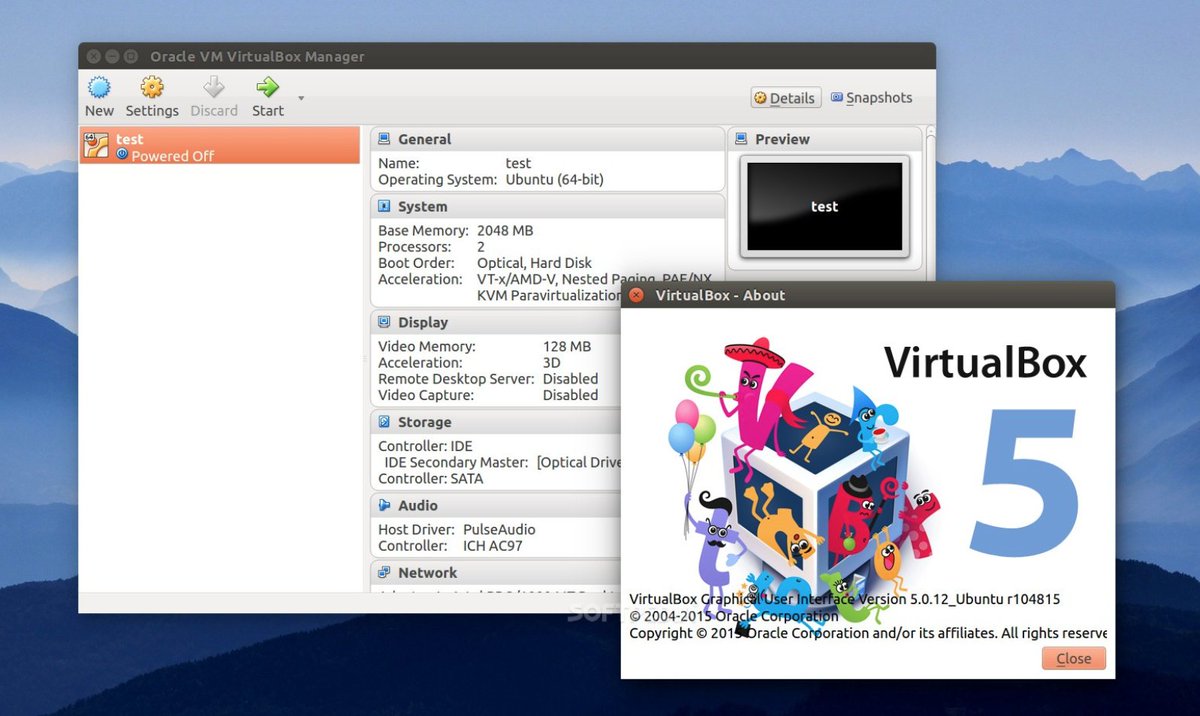Back to School: Introducing FusionPBX for FreeSWITCH
SECURITY ALERT: https://securityboulevard.com/2019/06/rce-using-caller-id-multiple-vulnerabilities-in-fusionpbx/ It’s been quite a week with the surprise acquisition of Digium® and Asterisk® by Sangoma®. It became official on Wednesday, September 5. You can read all about it here, and you can read our cautious optimism here. As with the recent Google Voice transformation, we hope it serves as a gentle reminder to the VoIP community not to put all your eggs in one basket. With the start of the new school year, we could think of… Read More ›



